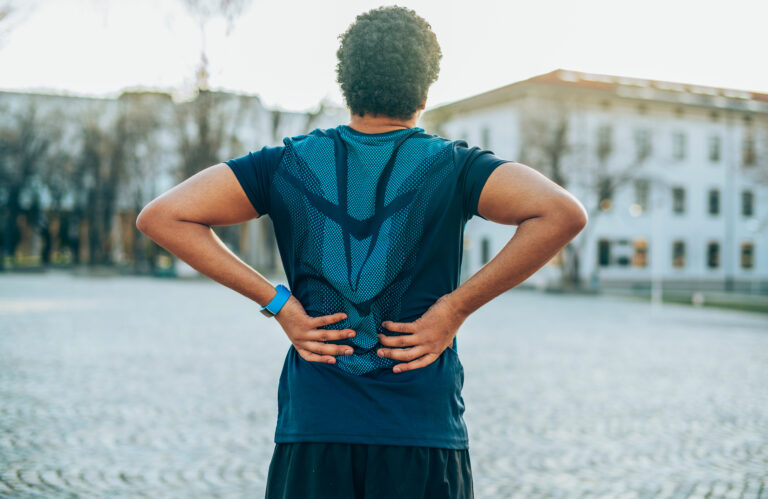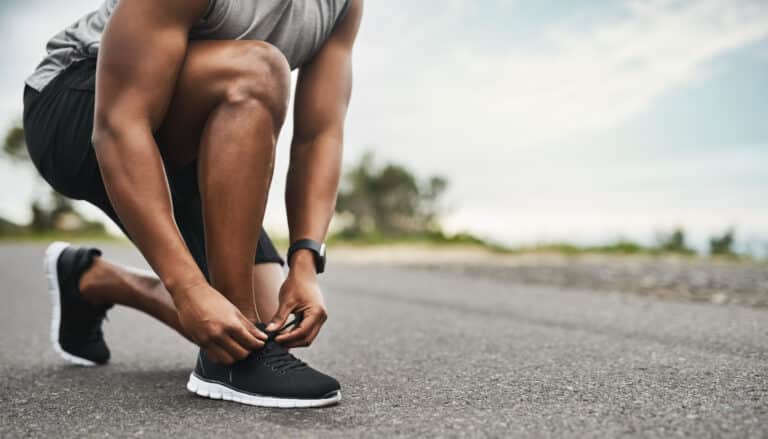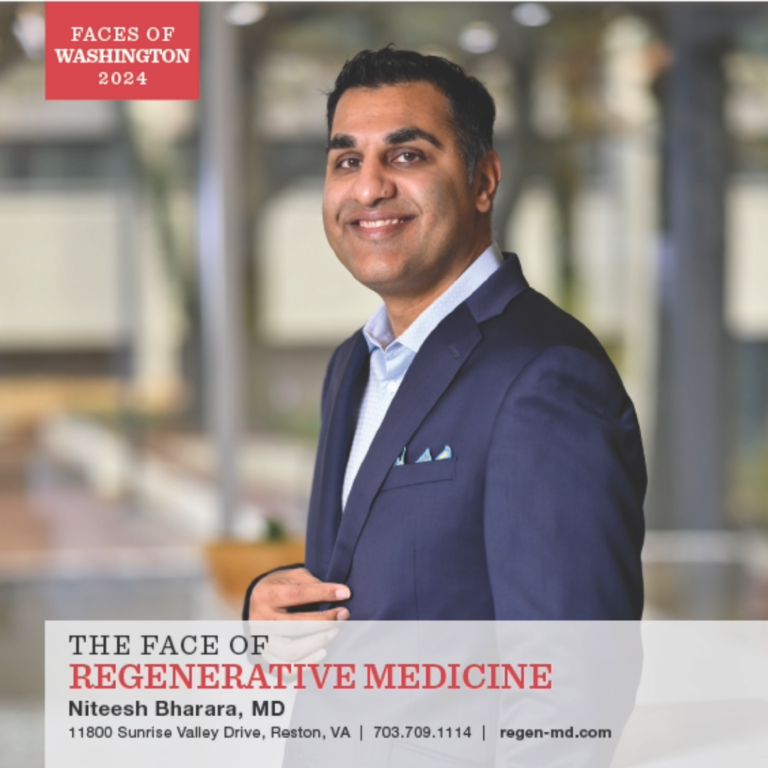Working Together
Solving Problems
Finding Solutions
The Ultimate Choice For Ultimate Spine Solutions
Explore
Our Resources
Empowering Our Patients Through Shared Knowledge

How Much Movement Is Too Much?
See More
Quick Daily Tweaks to Ease Back Pain
See More
Surgery to Strength: A Weightlifter’s Victory Over Back Pain
See More
Rethinking Knee Surgery: Insights & Regrets from a Doctor
See More
Finding the Best Office Chair for Your Back
See More
How to Pick the Best Running and Walking Shoes
See More
Learn More: Virginia Spine Institute is now VSI.
See More
Celebrating the Next Chapter of VSI
See More
Love’s Resilience: Overcoming Back Pain Together
See More
A Doctor’s Weight Loss Success Story and How It Can Help You
See More
Walking Pads: Trend Or Solution? A Doctor’s Perspective
See More
Dr. Bharara Named 2024 Face Of Regenerative Medicine By Washingtonian Magazine
See More
VSI Doctors Featured In Washingtonian Magazine: 15 Easy Tips for Improving Your Health in the New Year
See More
How To Find A Surgeon Who Does More Than Surgery
See More
How To Find A Surgeon Who Does More Than Surgery
See MoreJoin The Conversation
#MyVSIVictoryStory
As Seen on DC News Now: How to Avoid Basketball Injuries
Surgery to Strength - A Weightlifter's Victory Over Back Pain I Episode 56
Our Physicians and PT’s work great together to find the best solution for each patient. #VSI
Radiofrequency Ablation (RFA) can provide temporary relief for SI Joint pain. #lowbackpain #sijoint
Rethinking Knee Surgery: Insights and Regrets from a Doctor
As Seen on Fox5 DC: Avoiding Injury During March Madness
A Victory Story: VSI's New Chapter | Episode 54
Virginia Spine Institute is Now VSI | The Ultimate Choice for Ultimate Spine Solutions
Curious about #bertolottissyndrome? Here’s how the bone looks once we remove it to relieve #backpain


